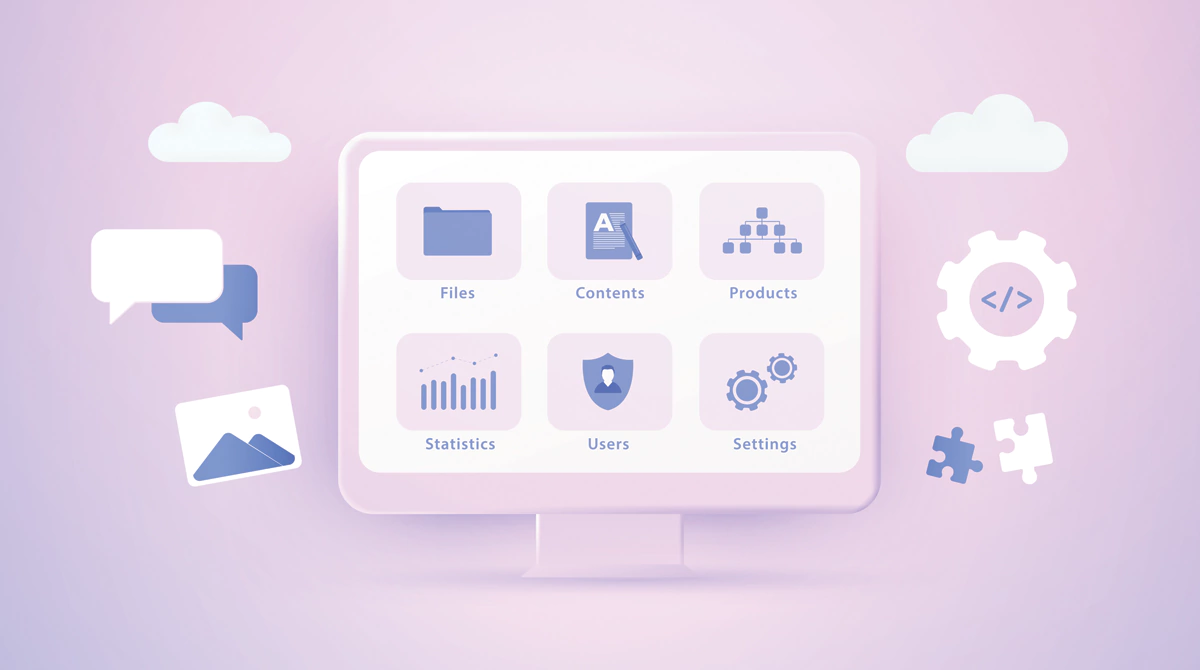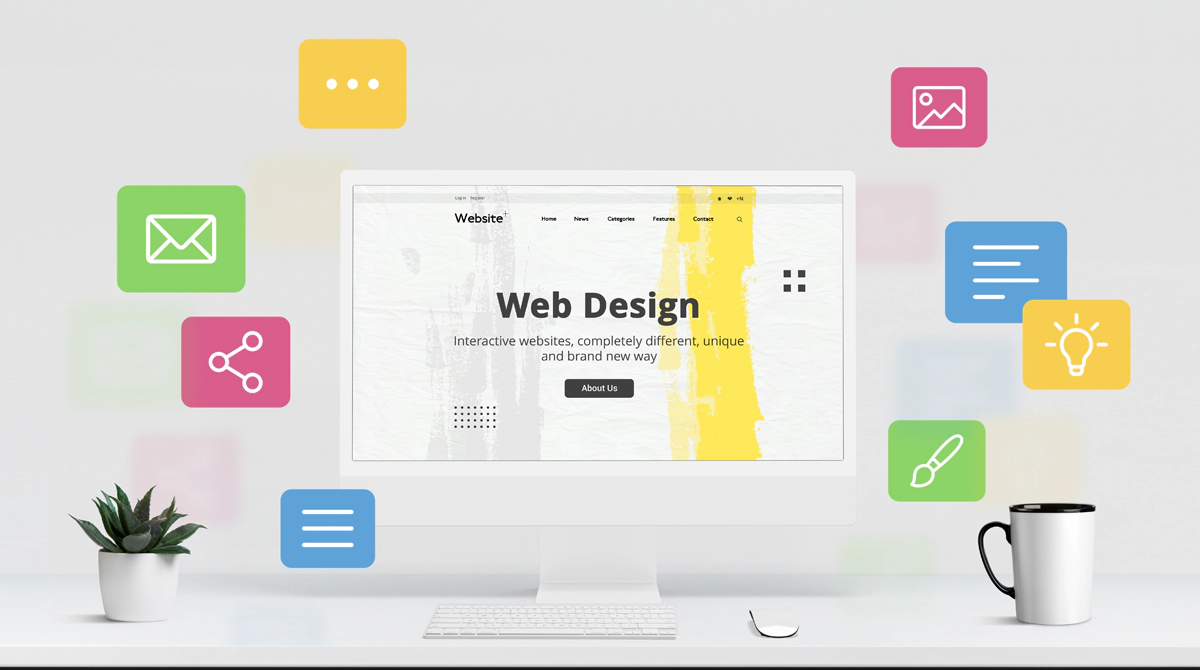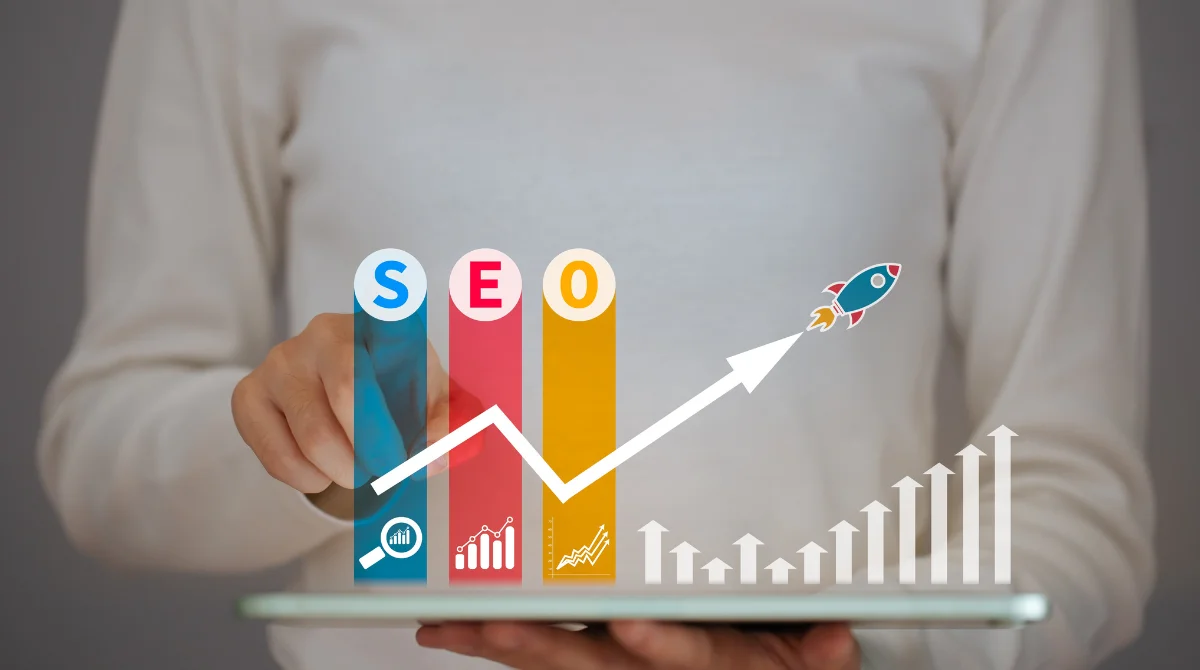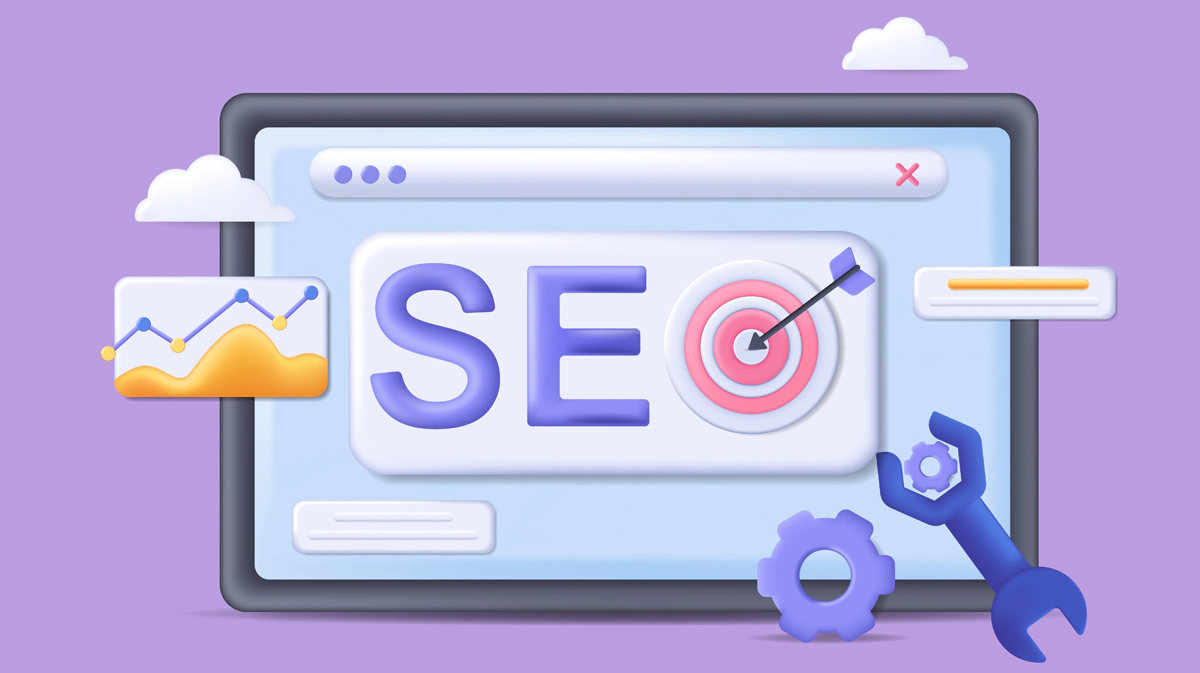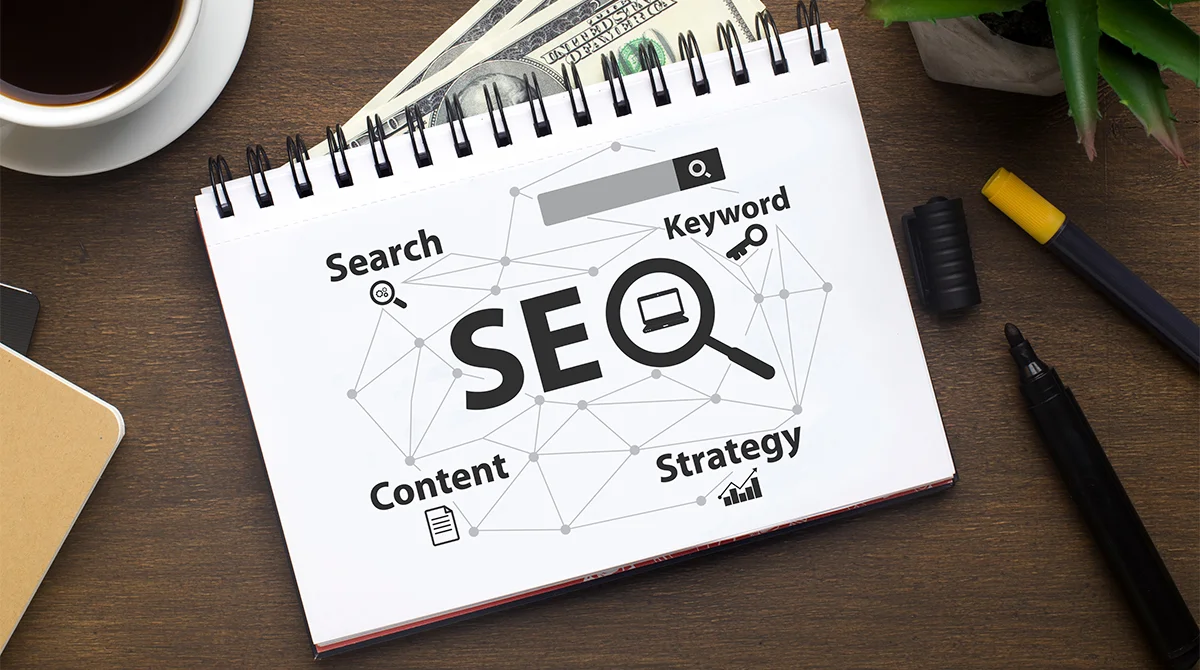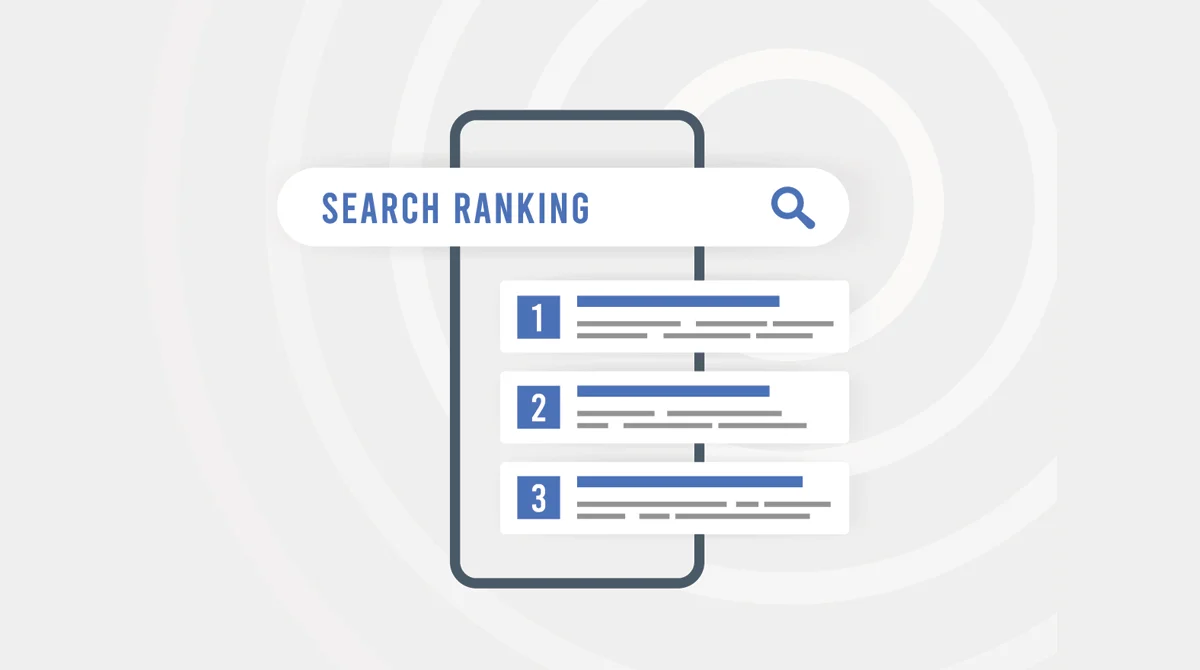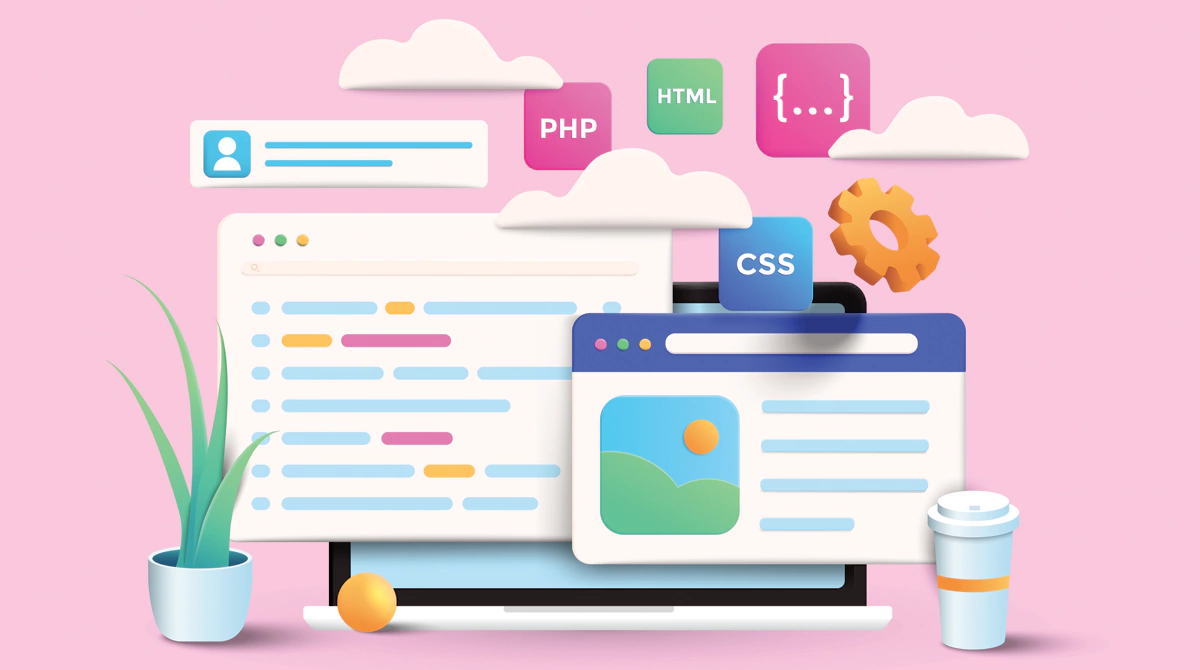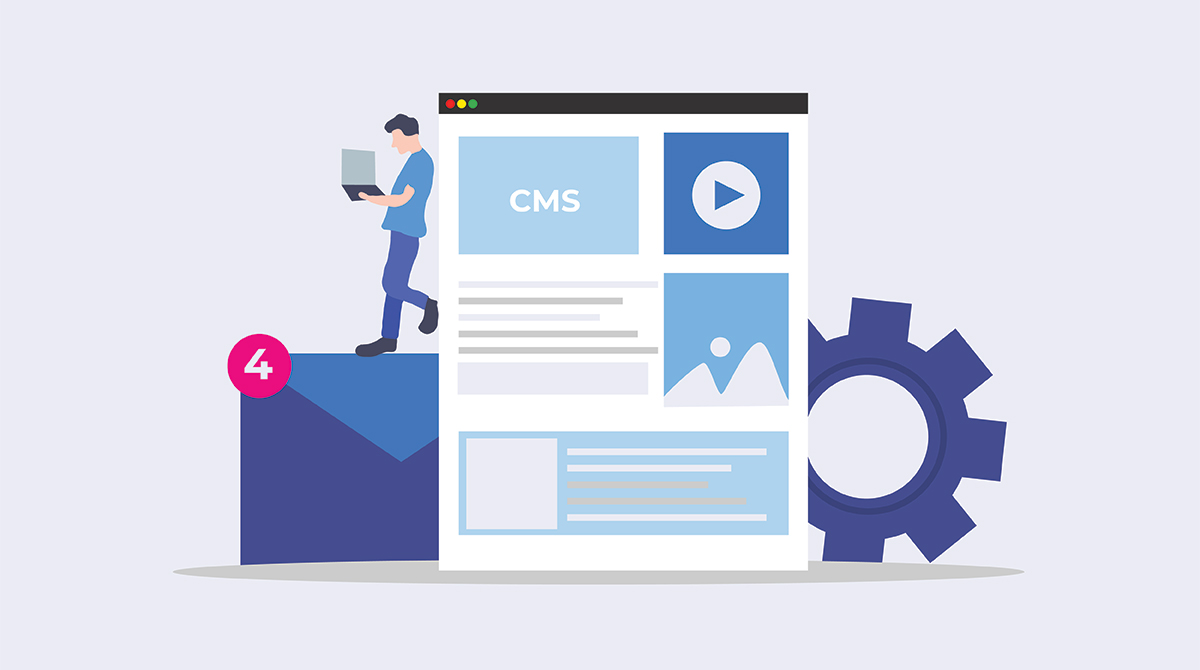When you build a physical presence for your business, whether online or offline, you let it be your brand’s spokesperson. Before impressing your customers with your services or products, your store allows you to put forth a good first impression and capture the attention of your target audience. When it comes to a brick-and-mortar store, we are always invested in building a store that best reflects your brand’s image and evokes a sense of trust. From the interior elements to the staff you hire, you want all elements to present your business in the best light.
And now that the world has moved online, your website is supposed to deliver on these ends. The credibility that a customer experienced when they walked into an offline store, your website should evoke a similar feeling. That’s why there is an increasing focus on web design. Building a website is not enough; you must build an effective website ready to capture your audience’s attention and positively influence their buying decisions. Your web design can affect customer behaviour in more ways than you think. To help you understand how your web design can help your business succeed, let’s have a closer look at this.
The Psychology of Web Design
How your potential customers perceive and interpret your website will determine how they act – invest further in your business or skip to a different alternative. They could make this decision within a second or even a few milliseconds. For instance, a potential customer lands at your website, and what they see is a rough mix of contrasting elements – no colour scheme, poor navigability, and too much/too little content. If they don’t like what they see or if you don’t make a favourable first impression, they will be quick to skip and move on to your competitors.
While some people take the time to read through your content before making a decision, for some, a first look is enough. So, even to get a chance to put forth your offerings, you have to appeal to your audience’s psyche. That’s exactly why your website design can affect customer behaviour. Whether you decide to invest or skip, your website design can be a huge, weighing factor.
Different Ways in Which Web Design Influences User Behaviour
Colour Scheme
Different colours evoke different emotions and behaviour. While blue is associated with calmness and trust, red evokes a sense of urgency and excitement. That’s why most healthcare websites have a blue undertone, while ecommerce sites have red as a key part of their colour scheme. Also, CTAs are often highlighted in red to grab user attention and encourage prompt action.
So, the right colours for your business will depend on your target emotion. When deciding the colour scheme for your website, it’s not about sticking to your favourites but finding the colours that will help deliver your business’s intent without compromising the aesthetics. Note that too many colours can confuse the audience, so choose a few colours and stick to them.
Responsiveness
In this digitally oriented world, your audience will access your website from diverse devices, i.e., from their laptop and tablet smartphones. You must build a responsive website that works well across all screen sizes, and that’s what responsiveness is all about. When you build a responsive website, you promote the overall accessibility of your website and potentially deliver a positive user experience to diverse audiences. If someone visits your website from a smartphone and they experience slow loading or have trouble navigating, it will negatively impact customer behaviour. Who would wish to invest in a business that cannot meet the first few expectations that any website visitor will have?
Visual Appeal
Humans are visual creatures, and they are naturally drawn to imagery, colours, and design. So, if your website is not aesthetically pleasing, it might not grab your potential customer’s attention. A recent study concluded that “background colour and colour combinations might influence users’ subsequent opinion of, and satisfaction with, a site” (Gitte Lindgaard, 2007). The images you choose, the colours you use, your animations and other visual elements can attract or deter customers.
Whether your homepage or landing page is the first point of interaction, you have to ensure that it is designed to appeal to your audience. All elements should be in perfect harmony and create a captivating first impression. Visual appeal strongly influences purchasing decisions, so it is not an additional consideration for website design; a few factors can impact your conversion rate.
CTAs
A potential customer visits your website and is interested in what you are offering – they are thinking of making a purchase or investing in service. If, at that point, they come across an appropriate CTA, there’s a significant chance they will go ahead with the purchase or at least raise a query. So, you have to strategically place your CTA’s and design them so they stand out. Your call-to-action buttons are supposed to stand out, create a sense of urgency and encourage action– “Call Now”, “Limited Offer – Order Now”, and “Sign Up”.They answer “what next” for your customers, guide them to where you wish, and enhance your click-through rates.
Loading Time
As per Google, when your load time goes from 1% to 3%, your bounce rate increases by 32%. We all lead busy routines and always look for a quick solution for all our needs. So, if a website takes more than a few seconds to load, the visitors would quickly press the back button or close the tab and move to the next alternative. So, load time, which is another crucial consideration when it comes to web design, can impact customer behaviour to a great extent.
If you want your potential customers to not just visit your website but also engage with your content and scroll through your pages, you must reduce page load times. A moment of delay can increase your bounce rate and decrease your conversion rate.
Social Proof
Whenever an individual considers engaging with a new business, the first question that comes to their mind is, “Can I trust this business?”. So, your website should have elements that evoke a sense of trust and promote the credibility of your business. That’s where social proof comes in. You should include customer testimonials, reviews, and other user-generated content on your websites to give your potential customers insight into your service delivery. When they hear positive feedback from customers like themselves, it could positively influence their buying decisions.
Value Content
Your website is supposed to inform your customers and offer them some value. That’s where the content part of your website design steps in. The content you include on your website should be such that it resolves their queries and offers the required information without bombarding them with too much at once. Your website should be content-rich and content-heavy – it should inform the readers and not overwhelm them. They might not wish to engage further if they have difficulty finding the information they are looking for.
Also, dividing the content into headings, subheadings, and bullet points helps with the readability of your content and makes it easy to consume and understand.
What Else?
Beyond these web design elements, several others affect customer behaviour. It includes but is not limited to –
- Typography – Different font styles and sizes can support navigability and help focus user attention on key aspects of your content.
- Visual hierarchy— Your website should be a clear and well-thought-out mix of headlines, CTAs, body content, and whitespace. It should offer information and encourage action while offering ample breathing space.
- Consistency – While innovation is always preferred, certain elements should be consistent to promote brand recognition and ease of use. Beyond using the same font, logo and brand colours, ensure you don’t change the layout too much during updates.
- Emotional design – Your web design should convey professionalism but also bring in a humane or emotional element. Adding personalised images and videos, relatable content, etc., can help your audience connect better with your brand.
All these elements together shape human behaviour and influence potential customers’ buying/investment decisions. Your web design should deliver a positive user experience and give your audience an incentive to invest their time and money in your business.
In this highly competitive world, all businesses are implementing innovative ways to reach their target audience, ensure engagement, increase conversion rate and retain existing customers. Each strategy one adopts potentially takes them closer to making it big in the industry. All these advertising campaigns and website development initiatives are a step in this direction. However, taking your business online is not enough; you must adopt a strategic approach and build an online presence that attracts and delivers. Build such an online presence with our team at Make My Website.
With us, you brainstorm, design, develop and launch a fully equipped website to navigate the tough competition, present your business in a positive light and support your business in its journey. Connect with us to know more about our services.



